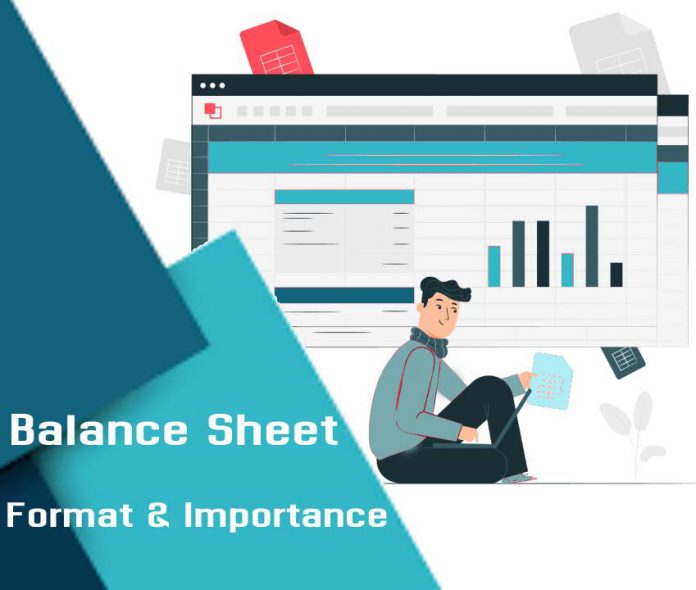Guide on Balance Sheet:
What is the Balance Sheet?
Balance Sheet is a kind of financial report, which shows the financial condition of the company on a particular date. The entity’s balance sheet is made to provide information about the financial stability of the firm. It helps the entrepreneur to bring changes in the policies and functioning to maintain the performance of business and profits. A balance sheet is basically a report of the accounting equation, in which all the assets need to be matched with the liabilities to equivalent the amount. Usually, the investors and creditors analyze the financial status of the firm through the balance sheet and bring out the efficiency in the company.
The most important 3 main sections of the balance sheet:
- Assets – assets are the things in the company, which values or owned by the company.
- Liabilities – Liabilities is basically the list of debts, which the company owes to others.
- Capital and Equity – Capital or Equity is the amount, which is invested by the shareholders in the company on their shares.
Why is the Balance Sheet Important?
The balance sheet report investigation can uncover a great deal of significant data about an organization’s presentation. Significance of monetary record is recorded beneath:
- It is a significant device utilized by the speculators, leaders, and different partners to comprehend the monetary soundness of a substance.
- The development of an association can be known by comparing the monetary record of various years.
- It is a fundamental report required to be submitted to the bank to get business credit.
- Partners can comprehend the business execution and liquidity position of the element.
- Capacity to embrace development ventures and unanticipated costs can be controlled by breaking down an organization’s accounting report.
- The organization is financing its tasks with benefit or obligation, which can be proven with this sheet.
A detailed note on Sections and Sub-Sections:
| Section | Sub-Section | Description |
| Current Asset | Cash | Current assets are those which can be liquidated within a short period of time Cash is the most liquid form of these assets, and it includes all funds contained in checking, saving, and money market accounts. |
| Accounts Receivable | Accounts receivable are the amount to be received from the customers, also known as debtors. These receivable exists from the time the client is billed until the company receives payment from the customer | |
| Inventory | Inventory is the items that a company purchases/manufactures and then sells to the customers
From the time the goods/raw material are purchased or processed to the time, it is sold to the customer, these are termed as inventories |
|
| Fixed Asset | Equipment | Fixed assets are items that are physical assets that are owned by the company for the long term. Long term assets are generally depreciated over time, and so these assets are recorded with a total accumulated depreciation amount subtracted from them
|
| Vehicle | The vehicle is a long term asset held by the company for more than a year, and it is depreciated over time | |
| Land | The land is a fixed asset and held for a longer period of time than any other long term asset. This is one of the fixed assets, which is not depreciated; instead, the value of the land increases as the year’s pass | |
| Intangible Asset | Goodwill | Goodwill only responses to the intangible assets, which are non-physical assets that add to a company’s value but cannot be easily identified or valued |
| Current Liability | Accounts Payable | These are the obligations that will become due in the current period (within a year) and generally includes trade due to vendors and suppliers |
| Accrued Expenses | Accrued expenses are obligations that are recognized in the books but are not yet due, and include wages, interest, etc | |
| Taxes Payable | This represents the amount of taxes that a company owes to the government. All taxes are generally due to be paid within a year and hence classified as a current liability | |
| Long Term Liability | Long Term Debt | Long-term debts are those obligations which will not be payable within the current year and will become due in more than one year. It represents the total amount due to be paid by the company to third parties and creditors for over a year or more |
| Share Holder’s Equity | Capital Stock | Capital represents the money invested by the owner in the business, and it is the total assets minus the total liabilities
Capital stock changes according to the organization type – companies report capital as common stock, preferred stock, etc. whereas Partnerships list the Partner’s capital |
| Retained Earnings | This is the excess earnings retained by the entity to invest in the business. This represents the amount not paid to shareholders as a dividend. |



















